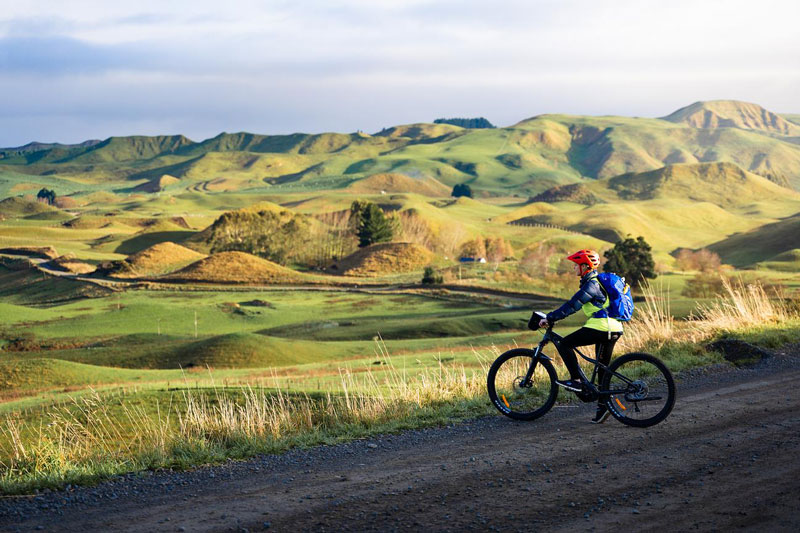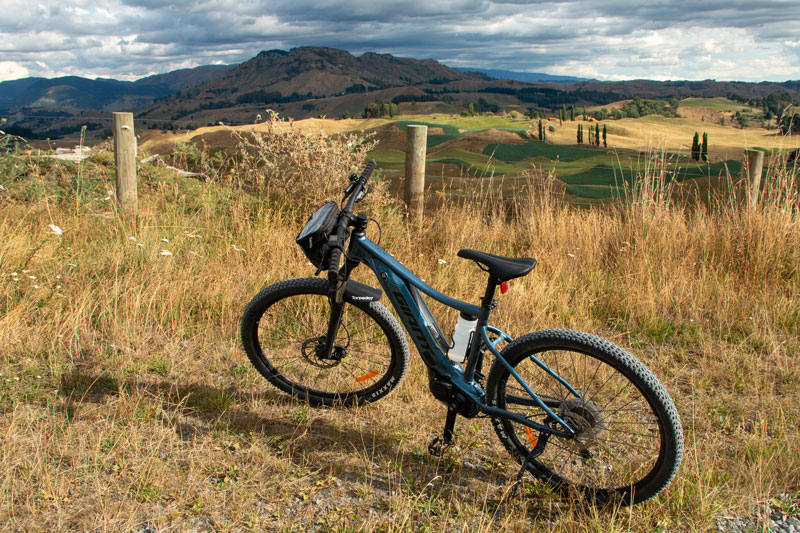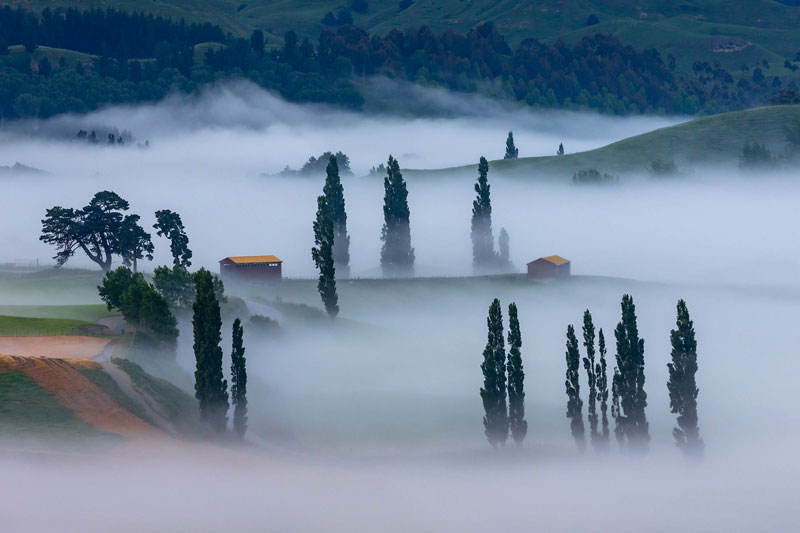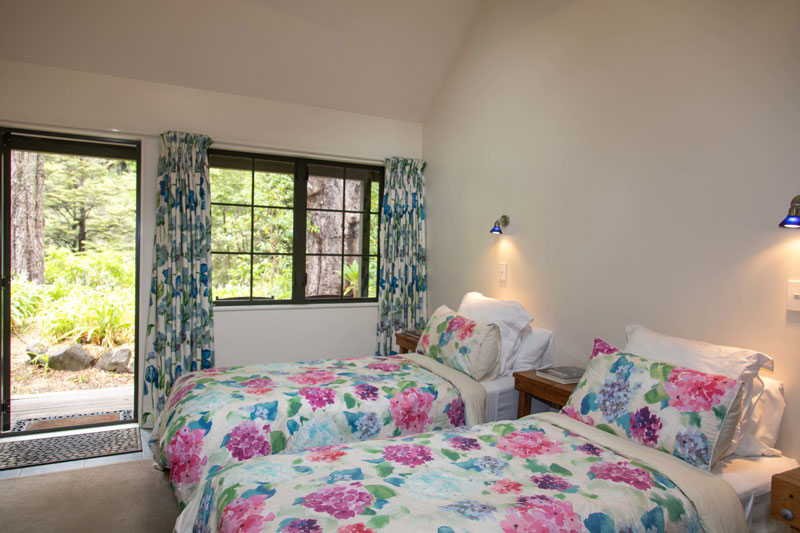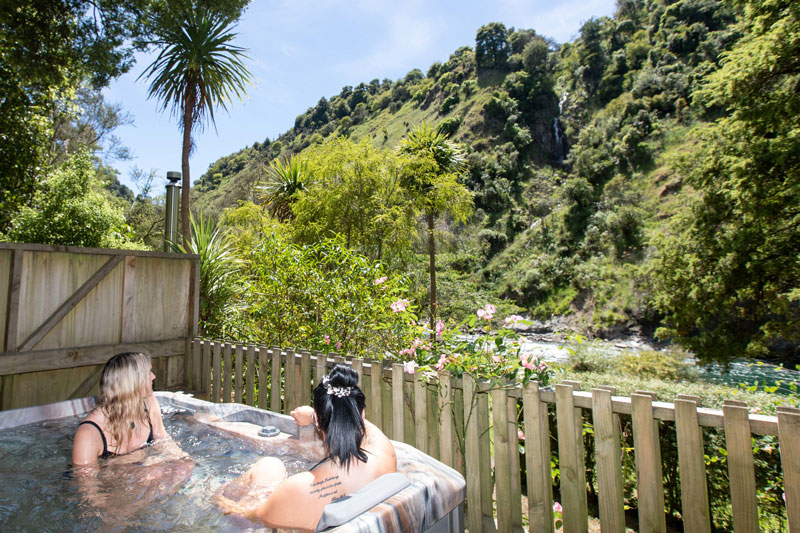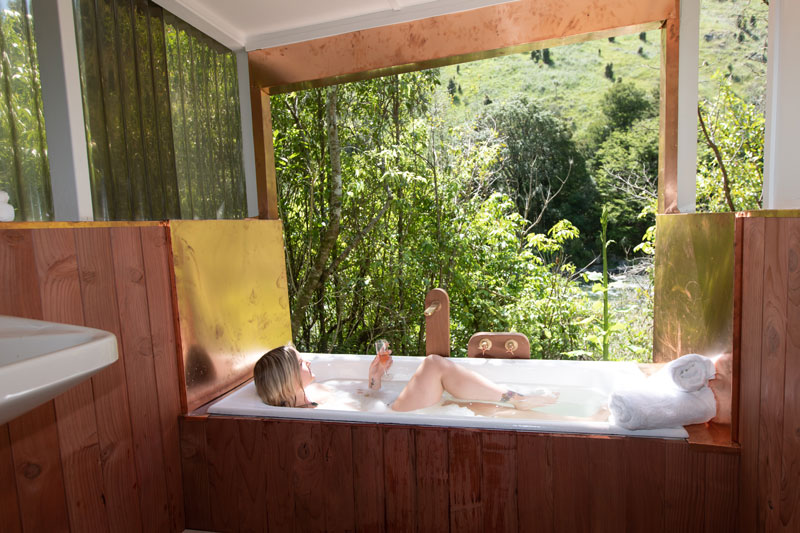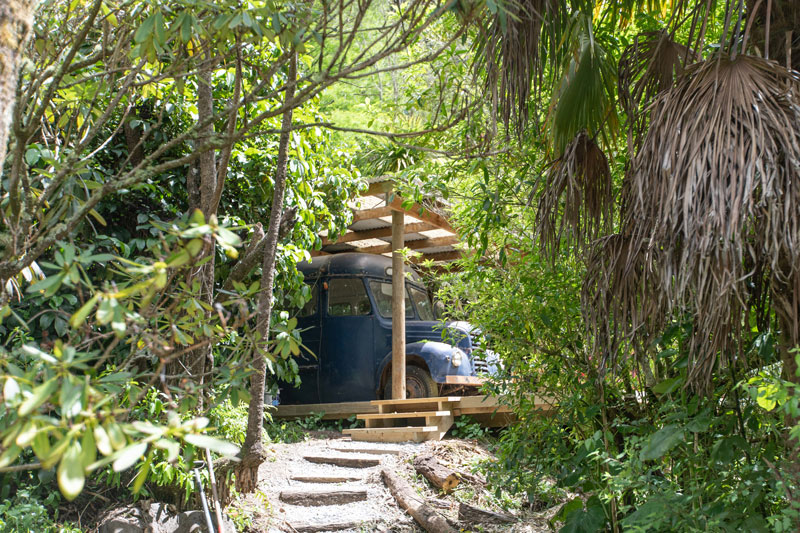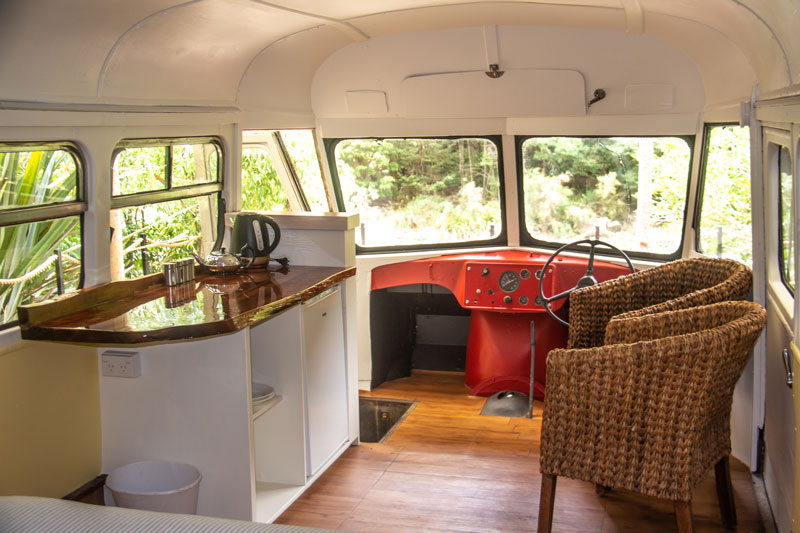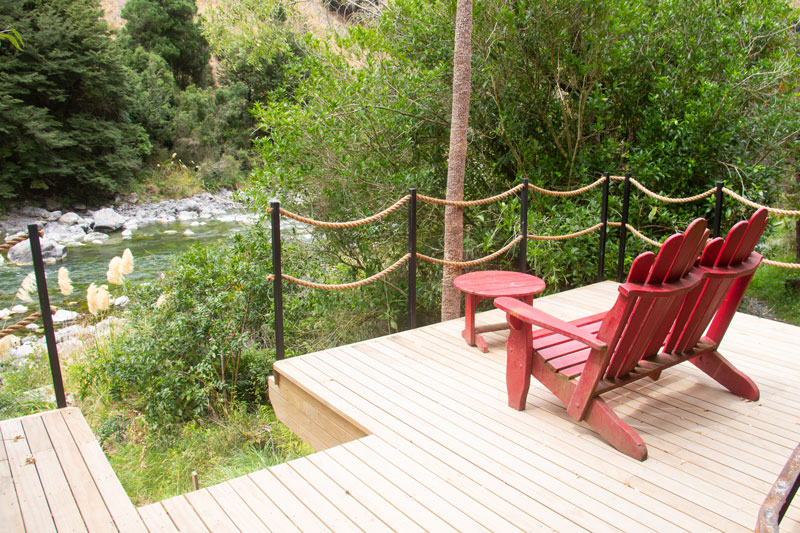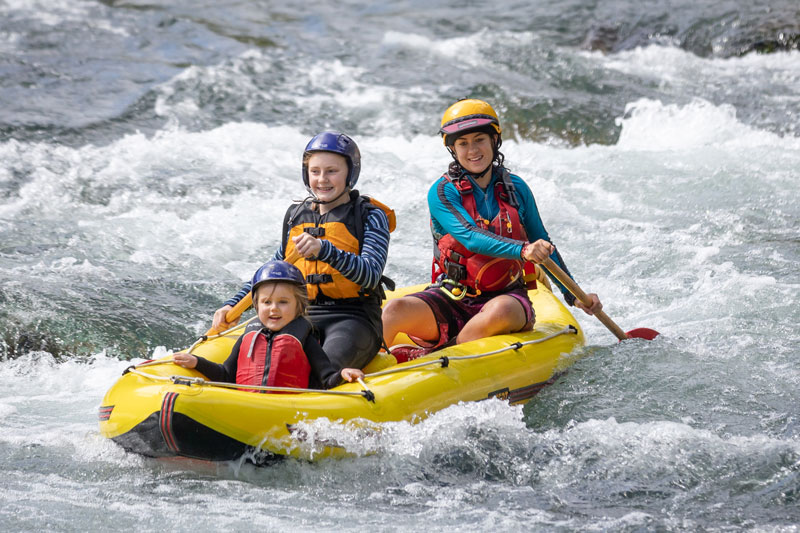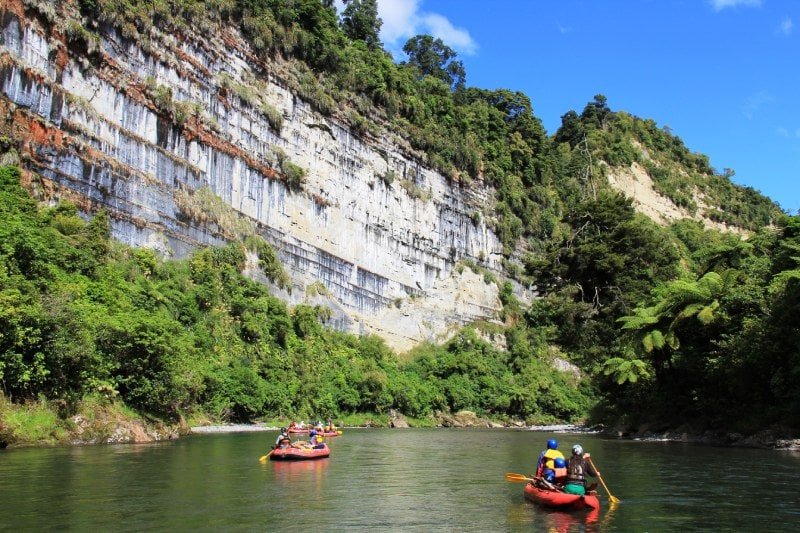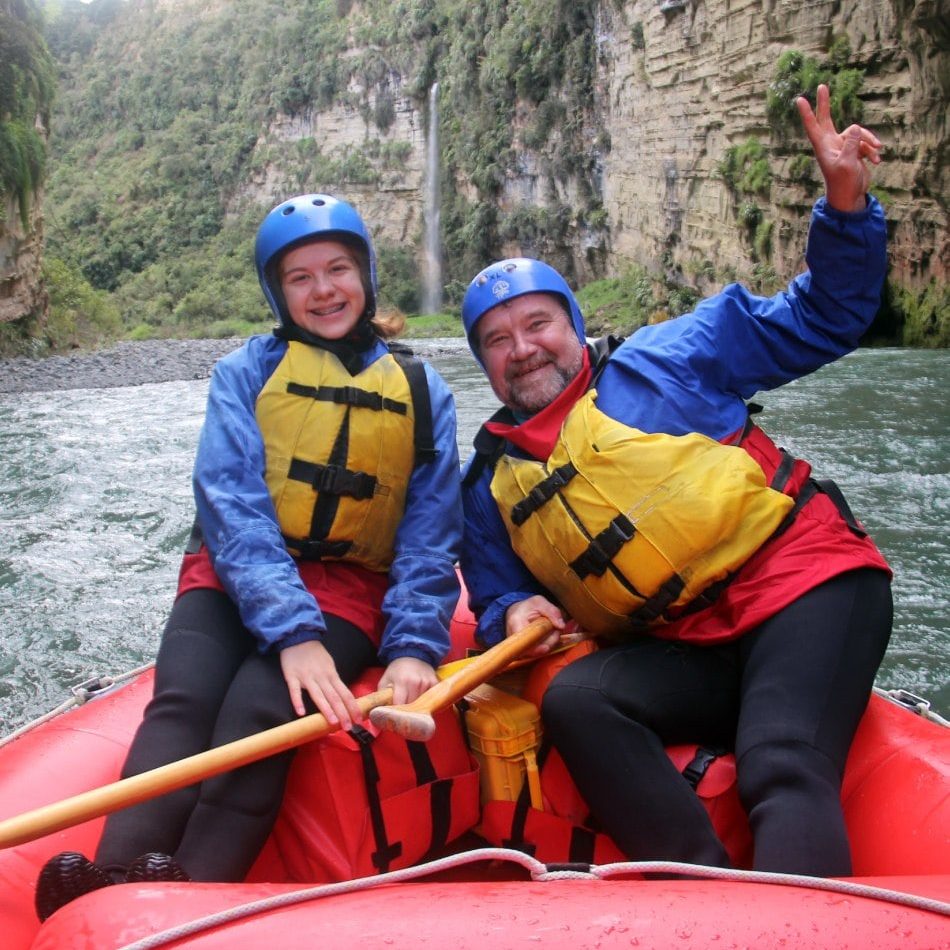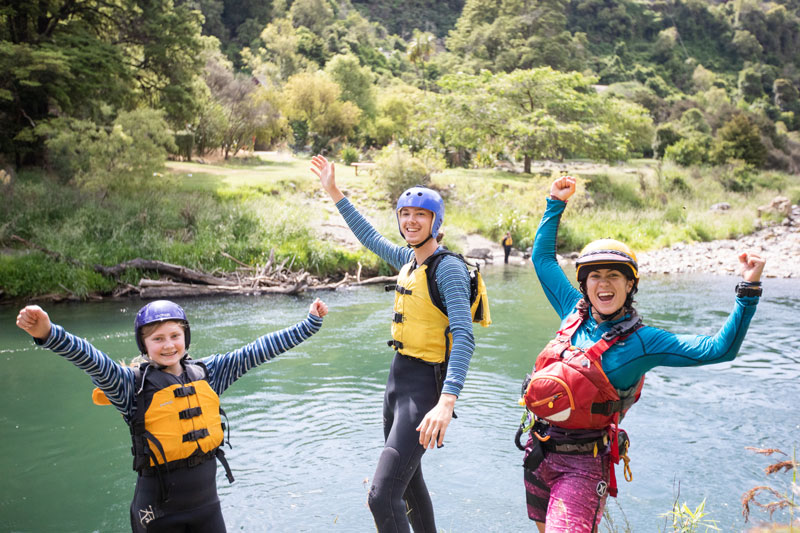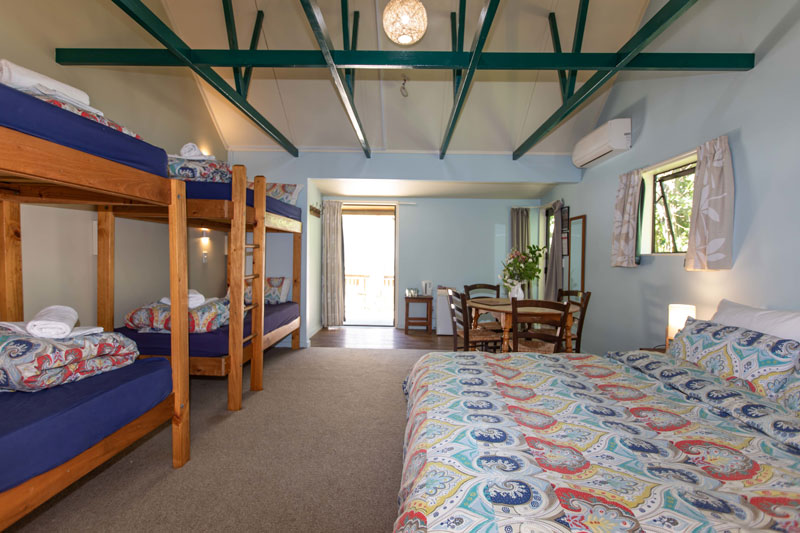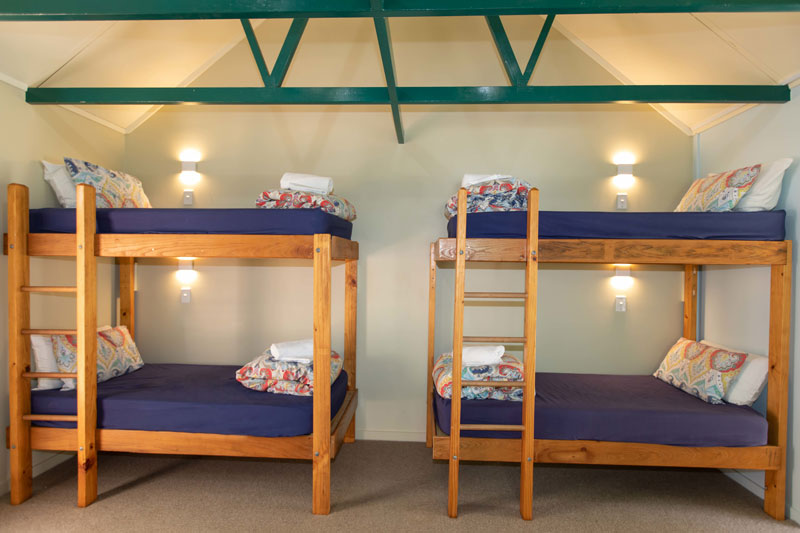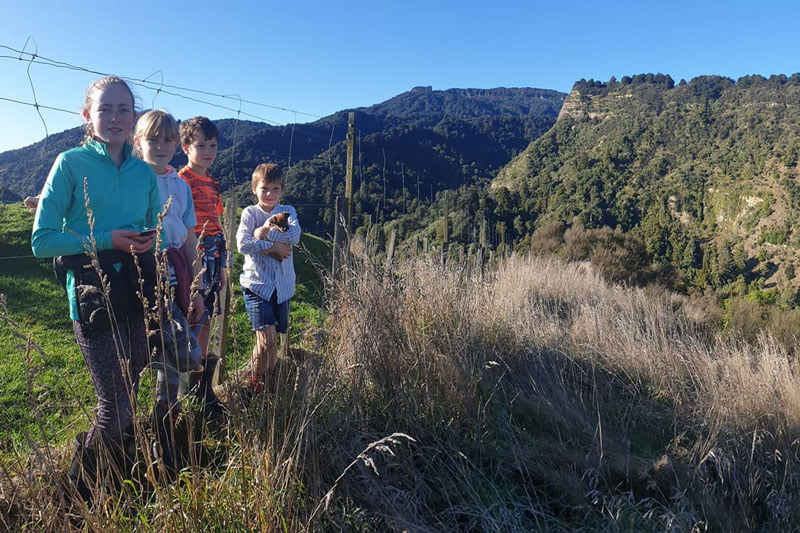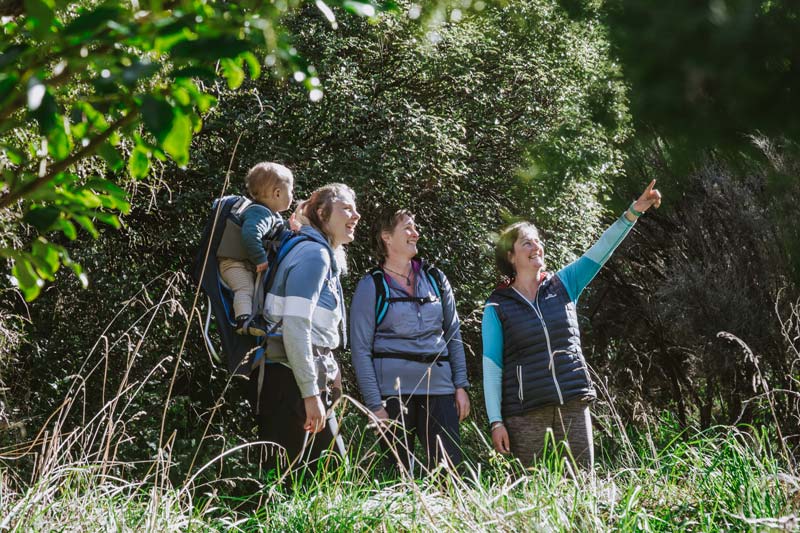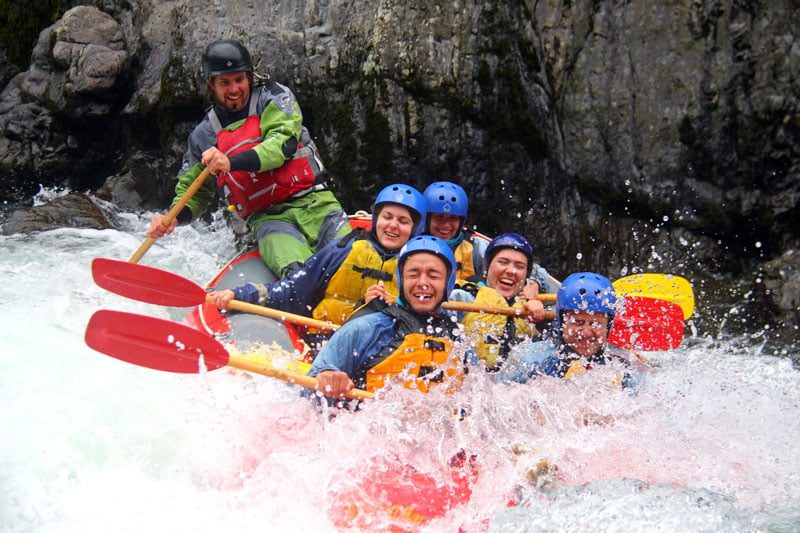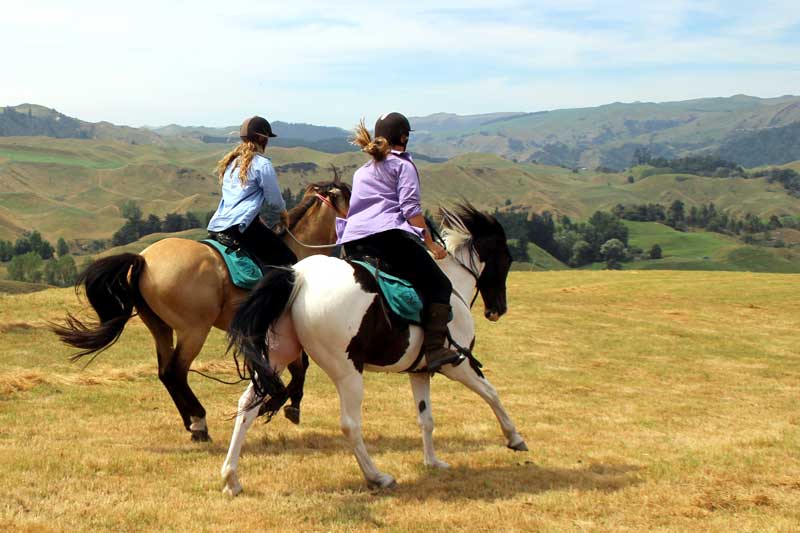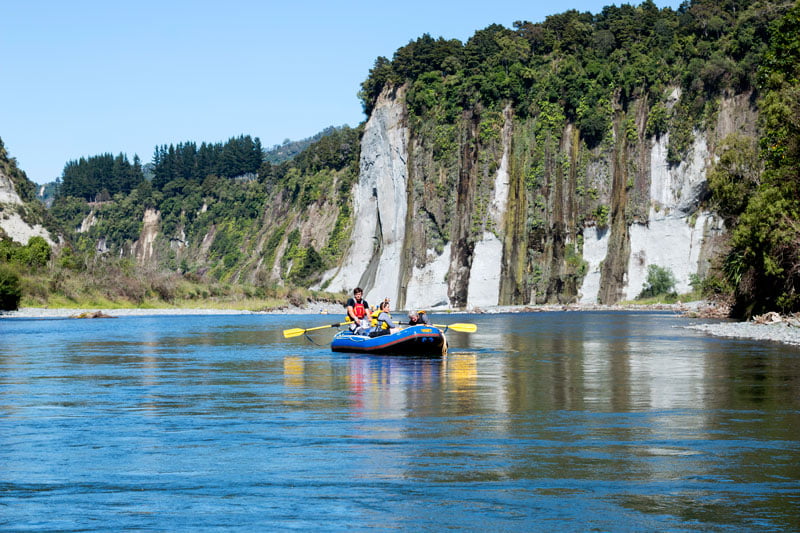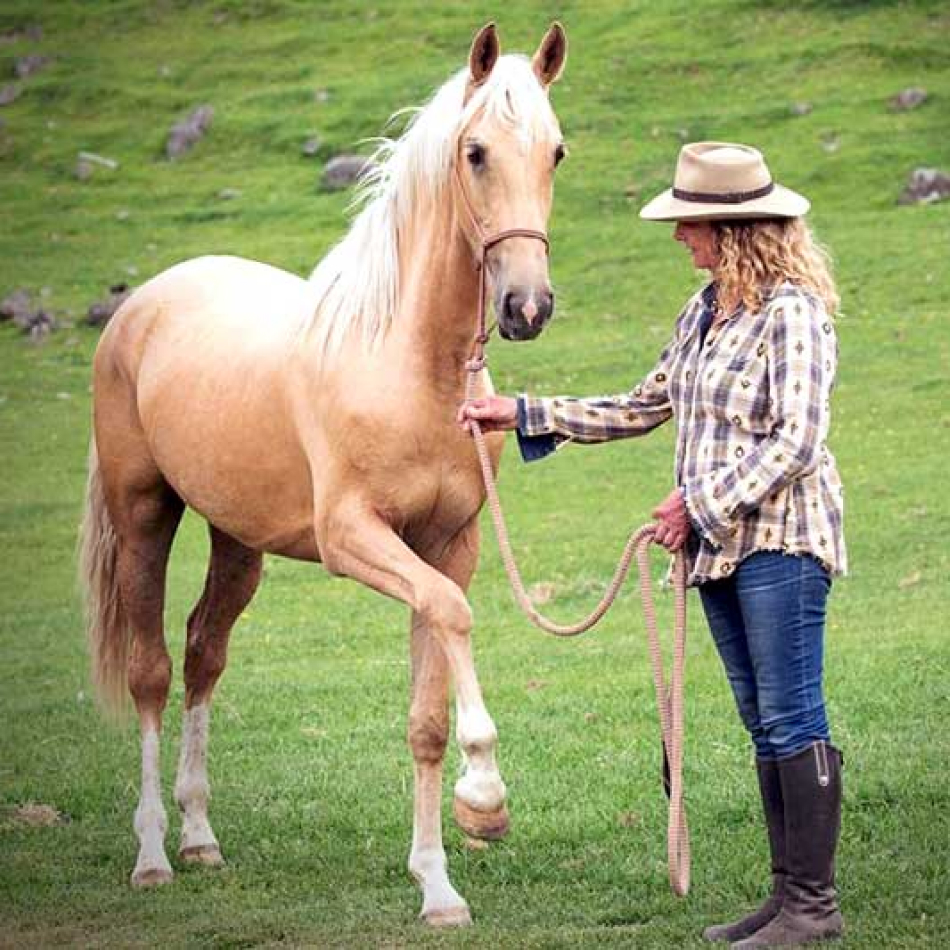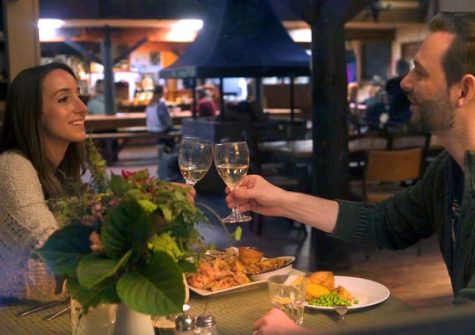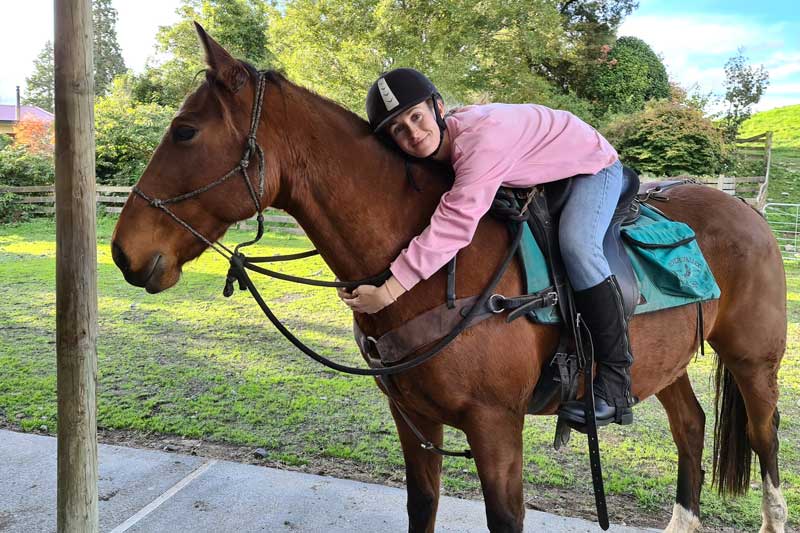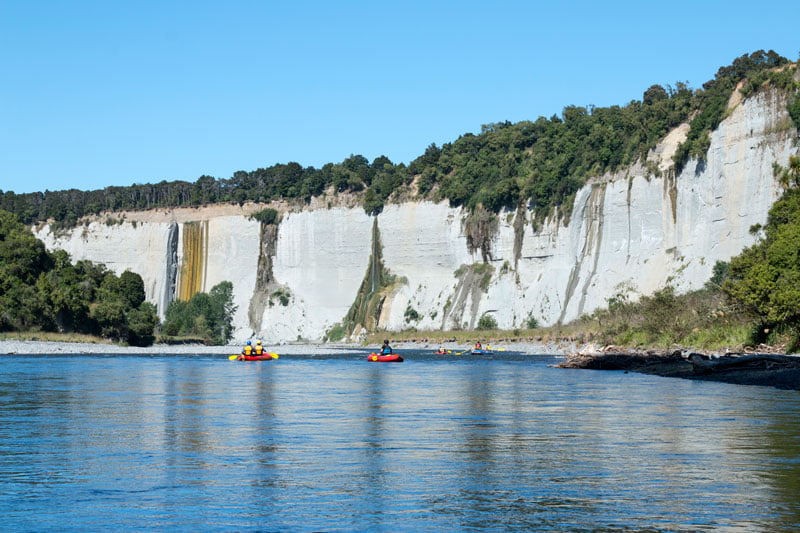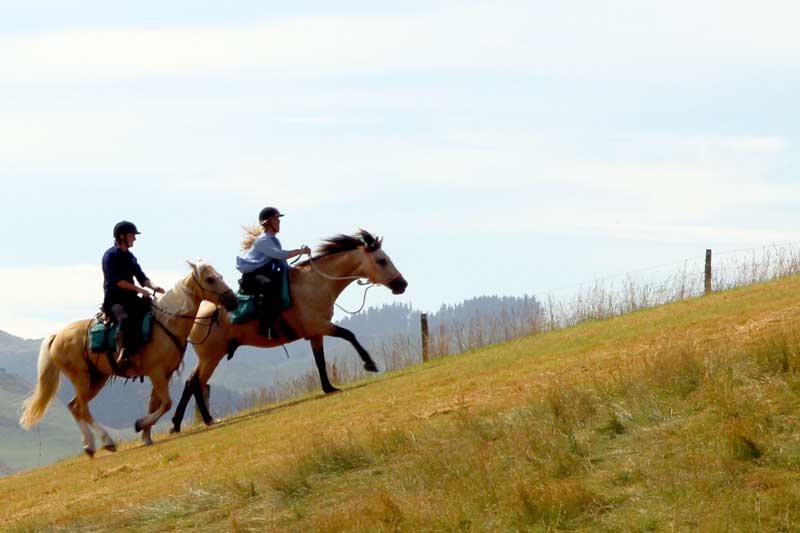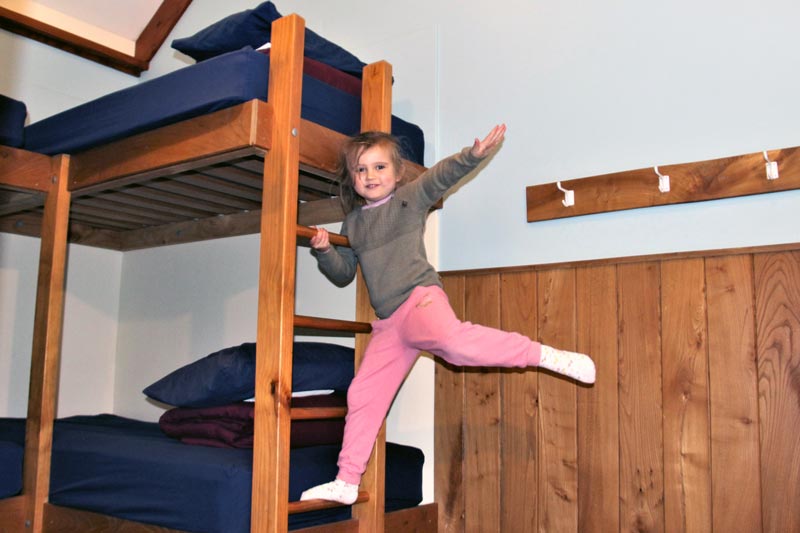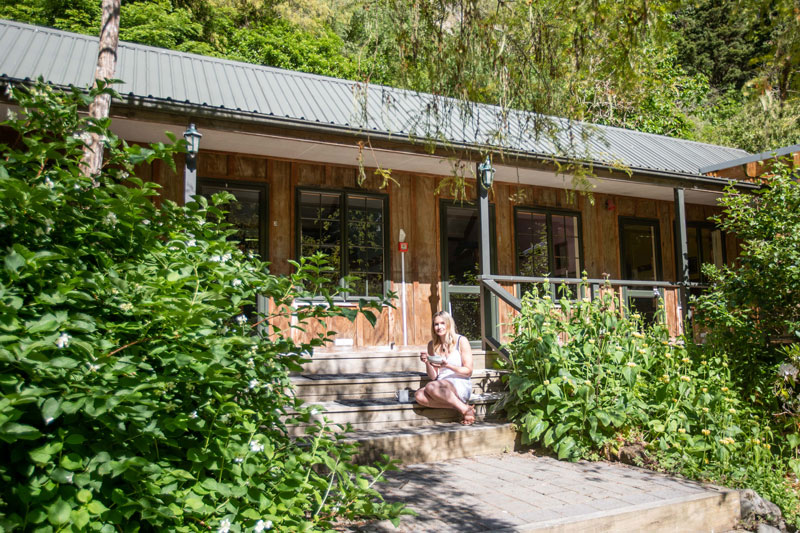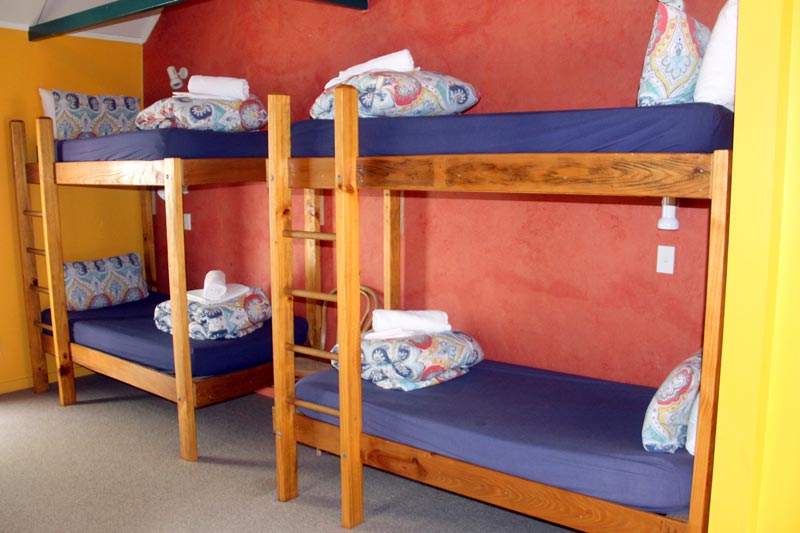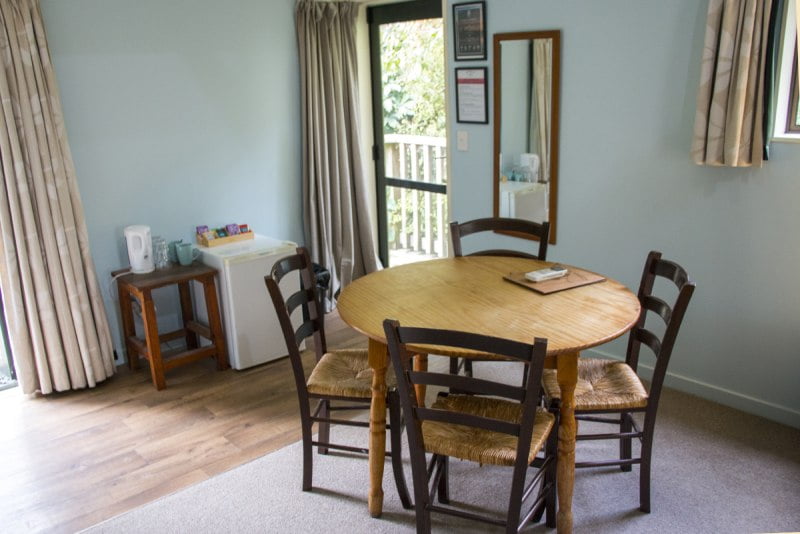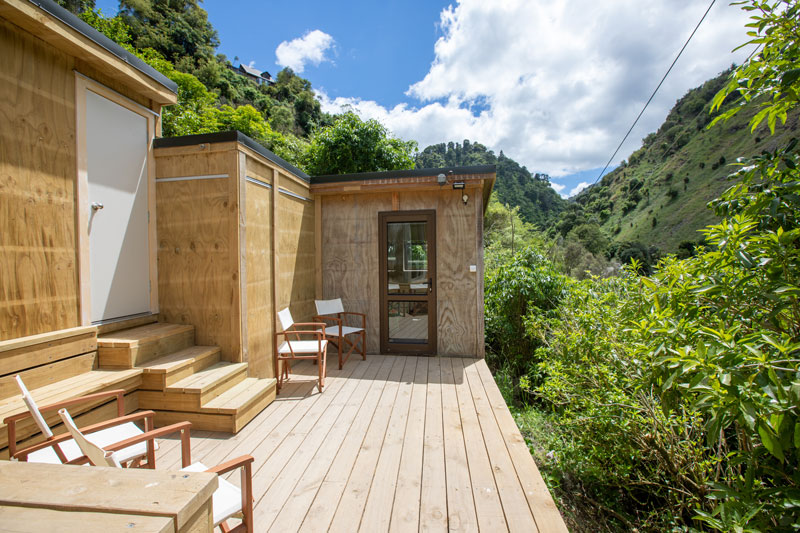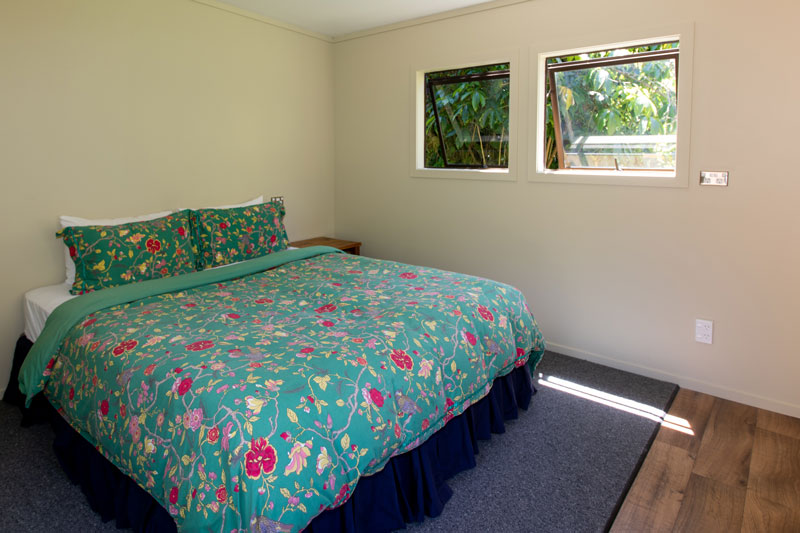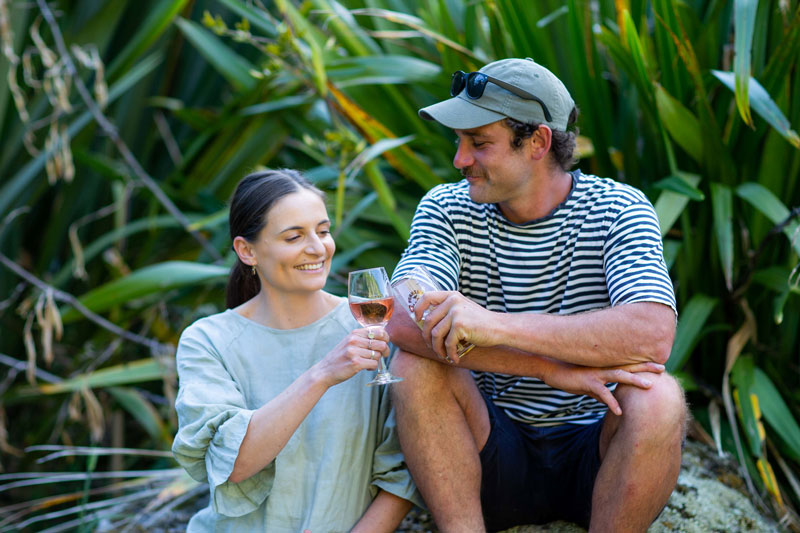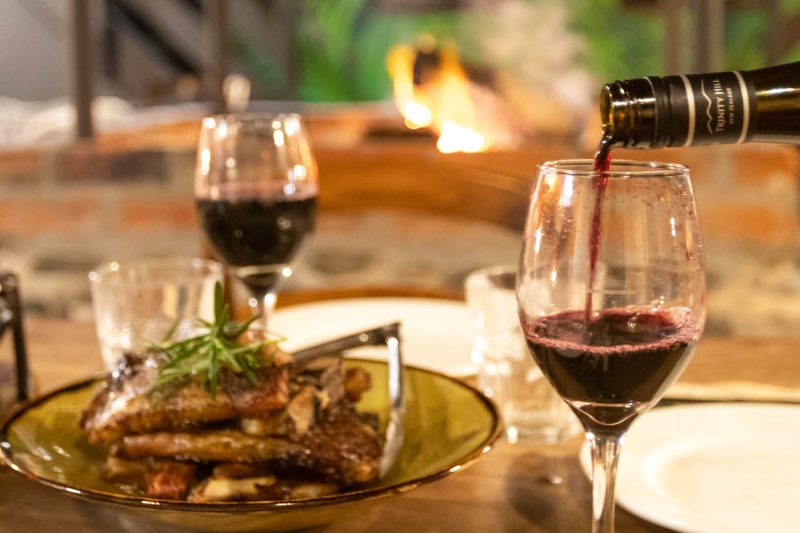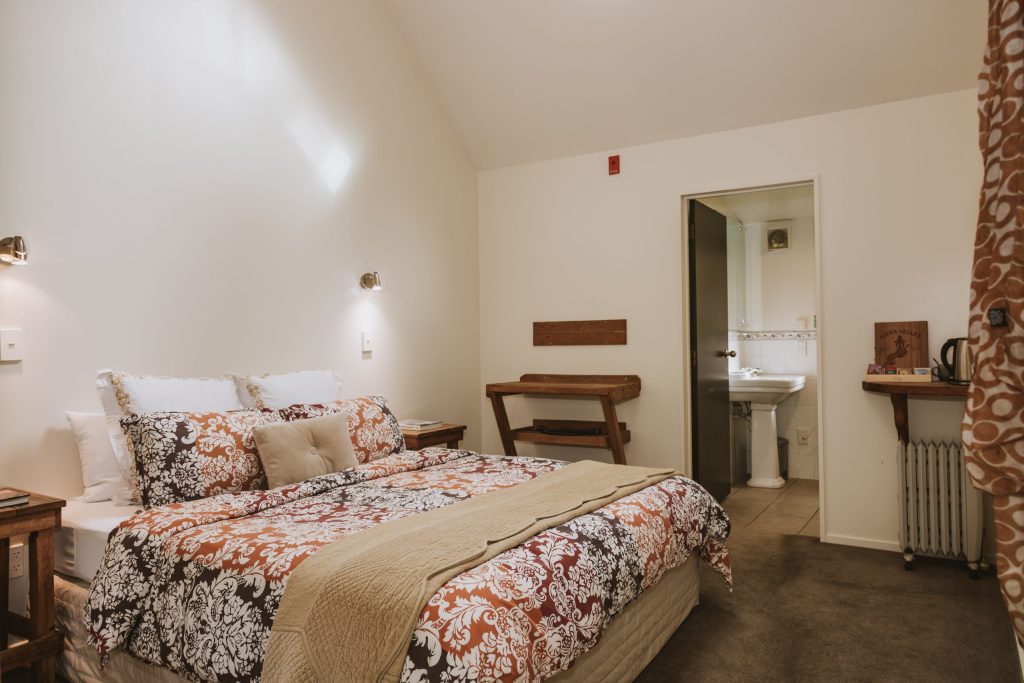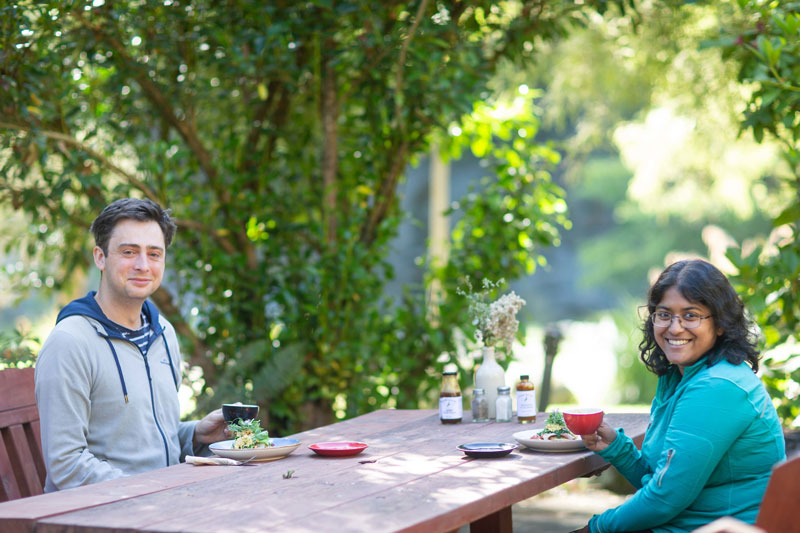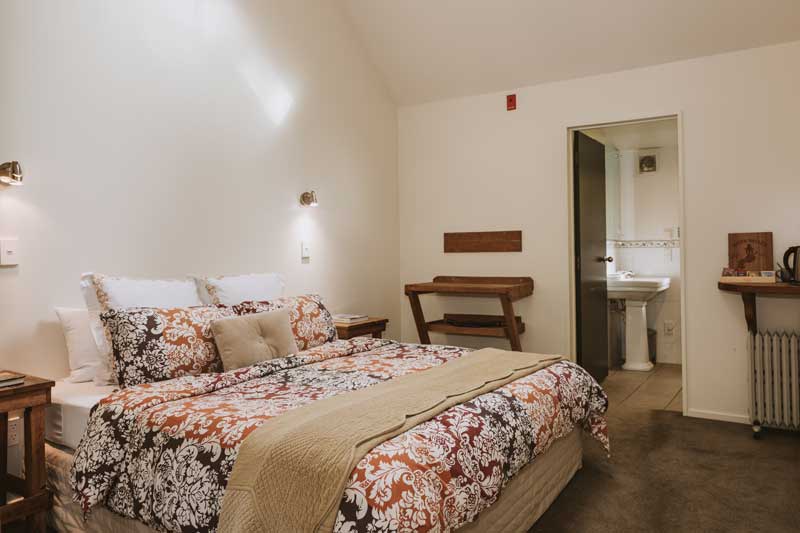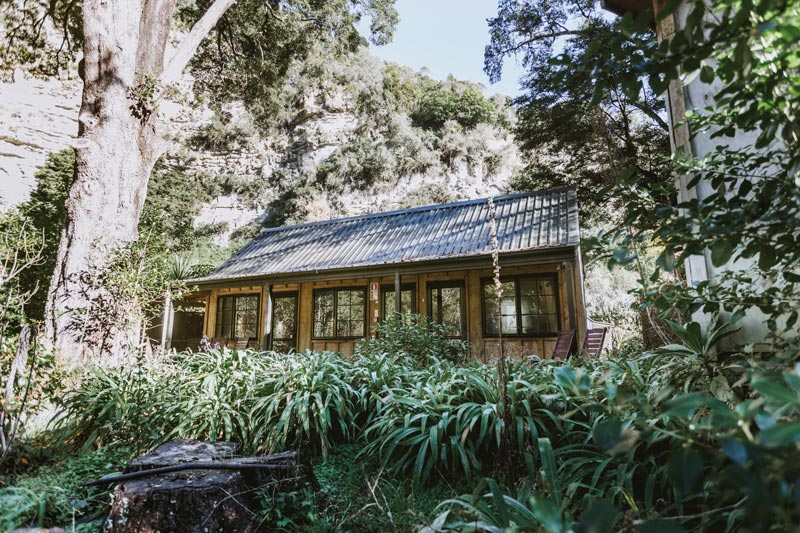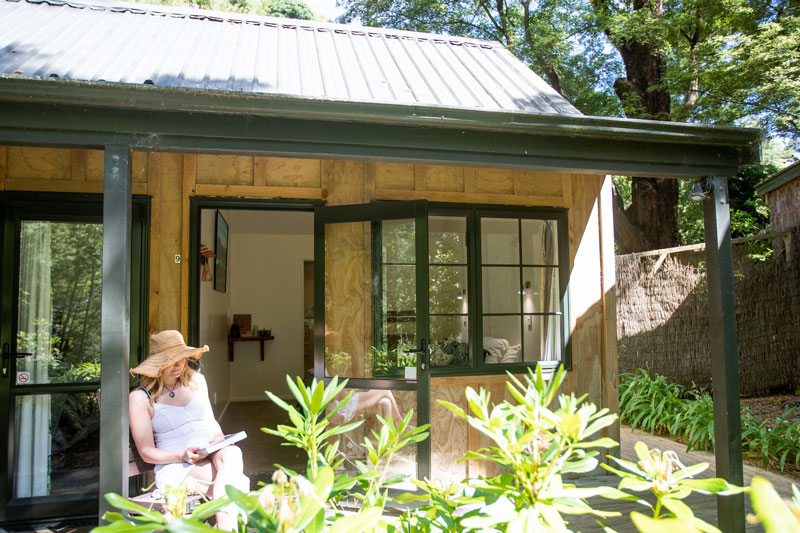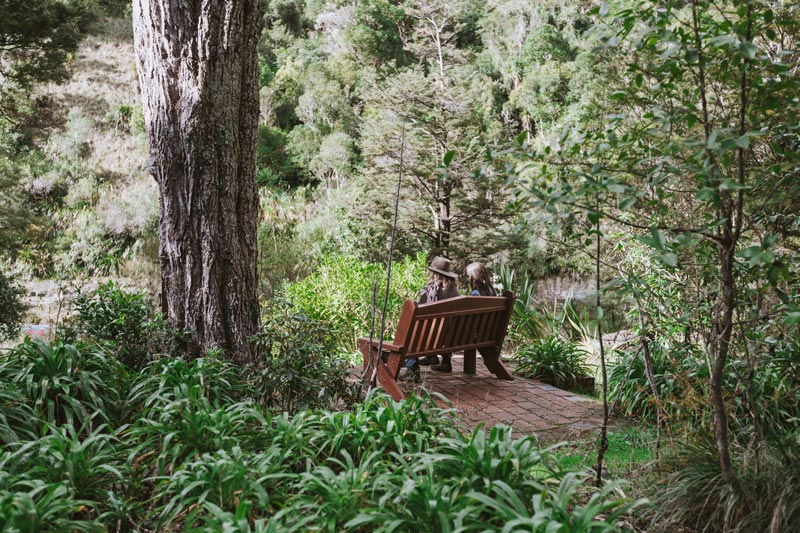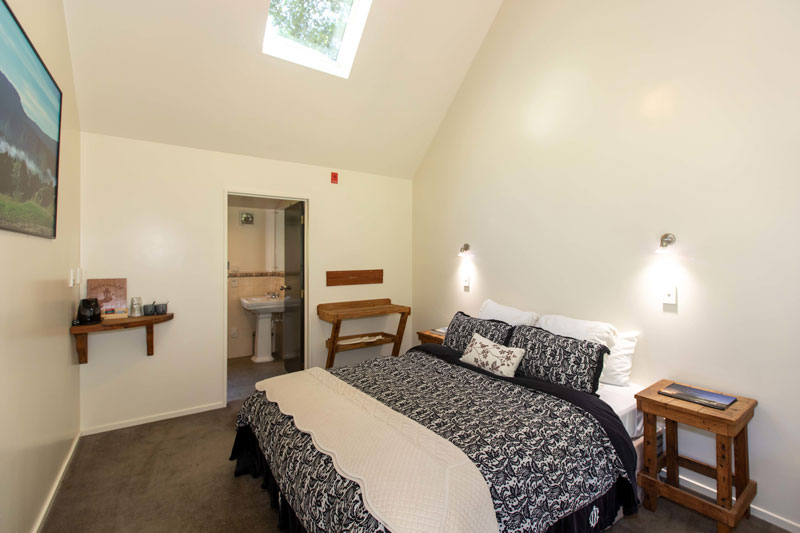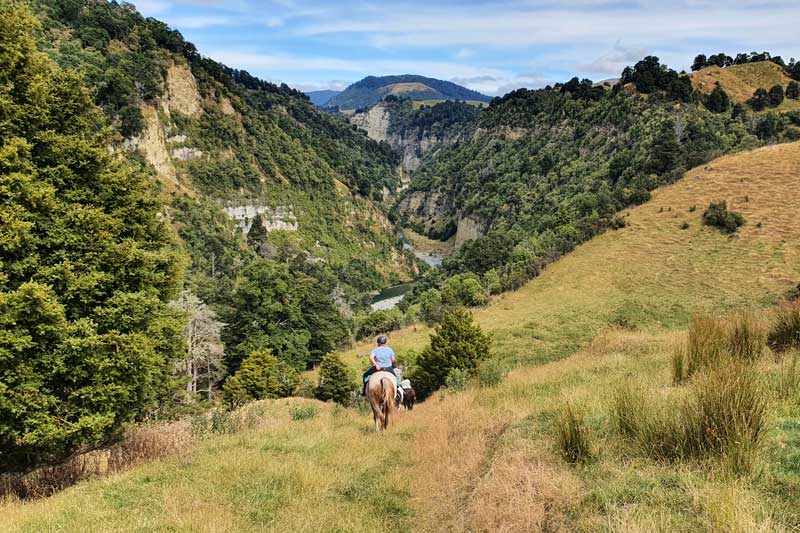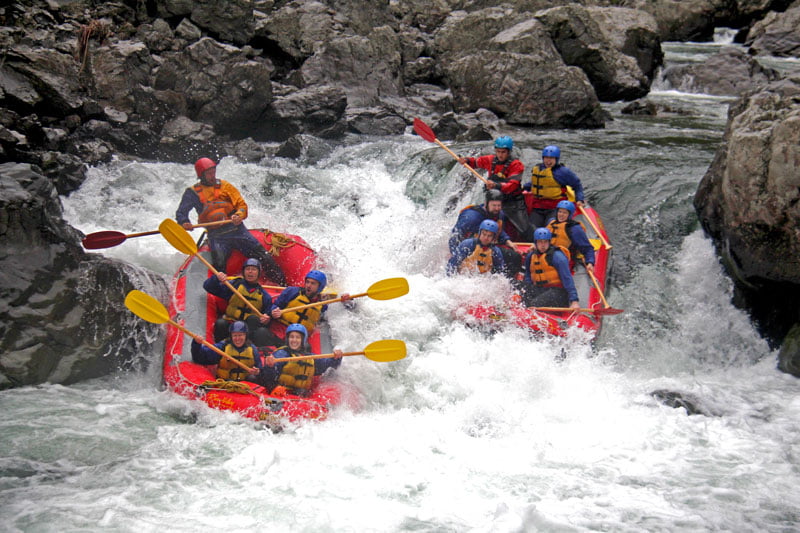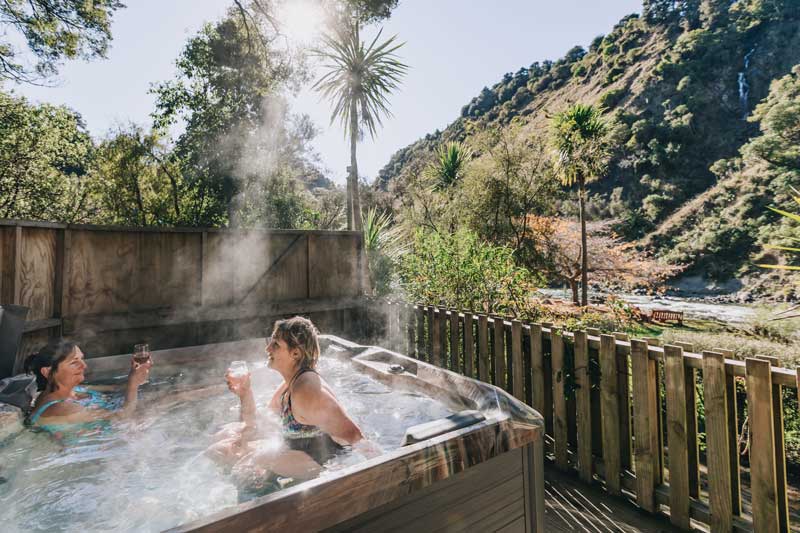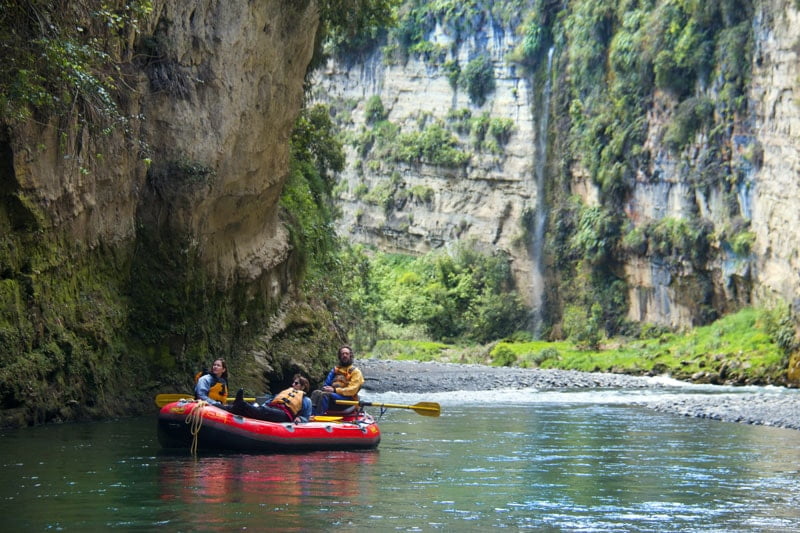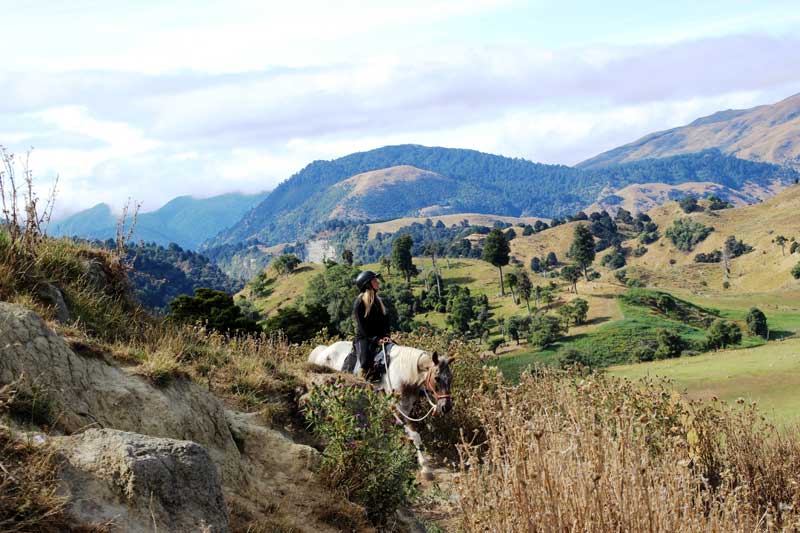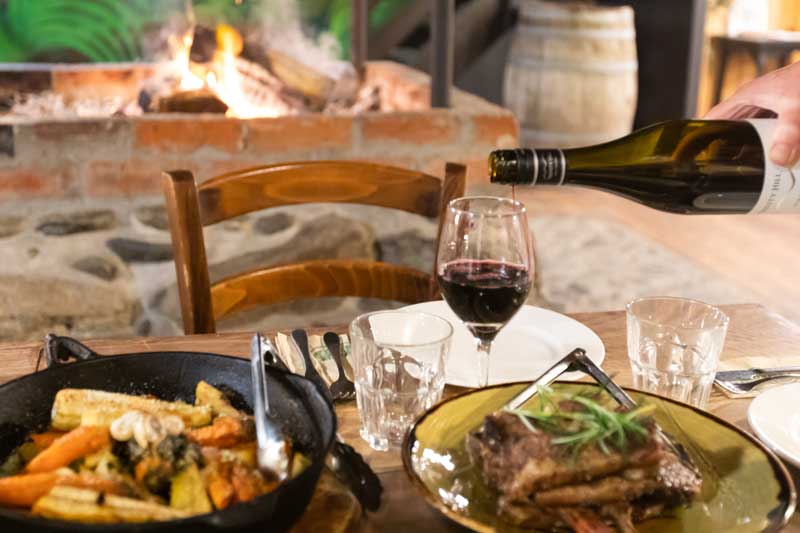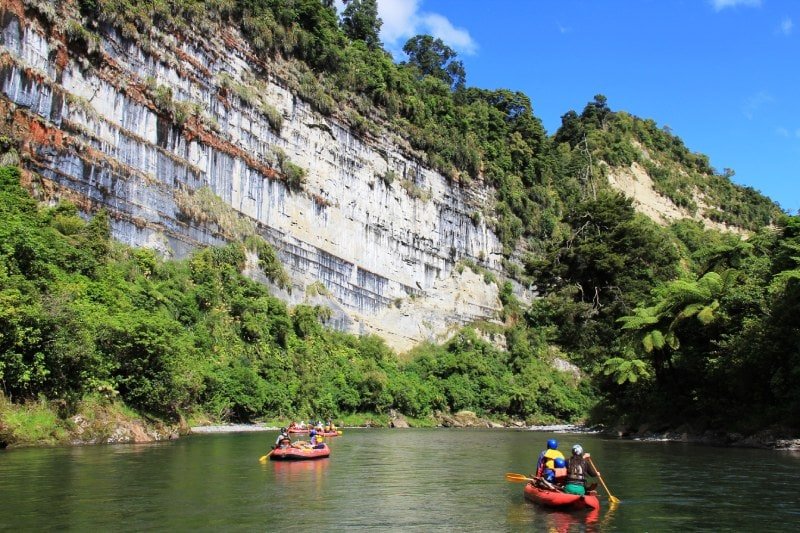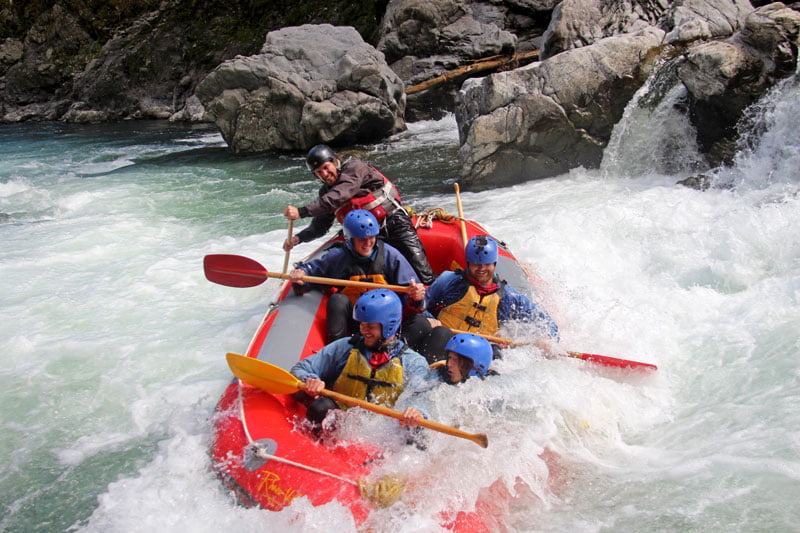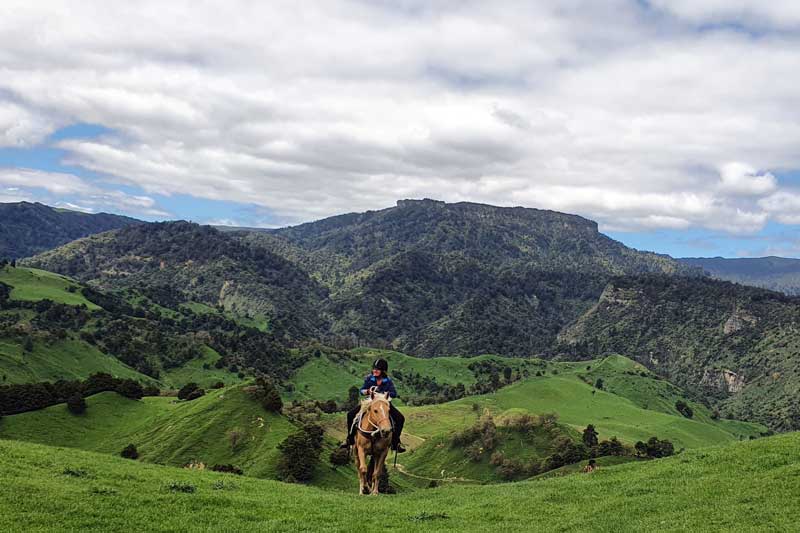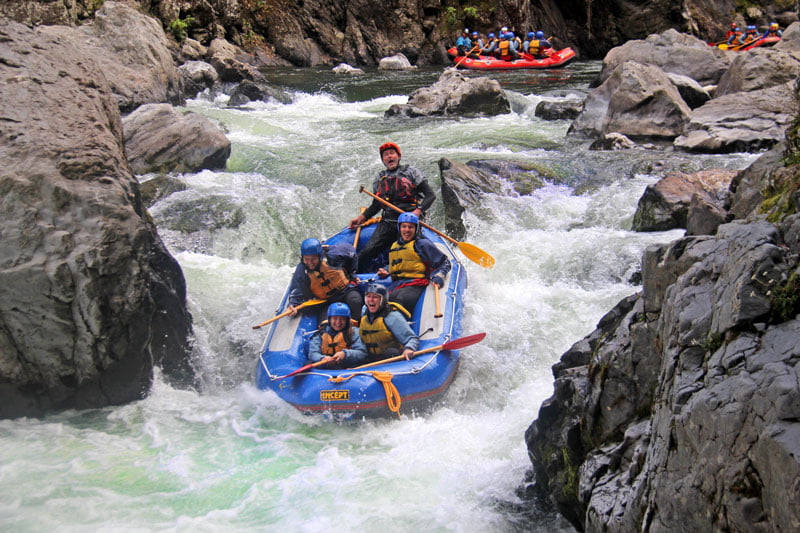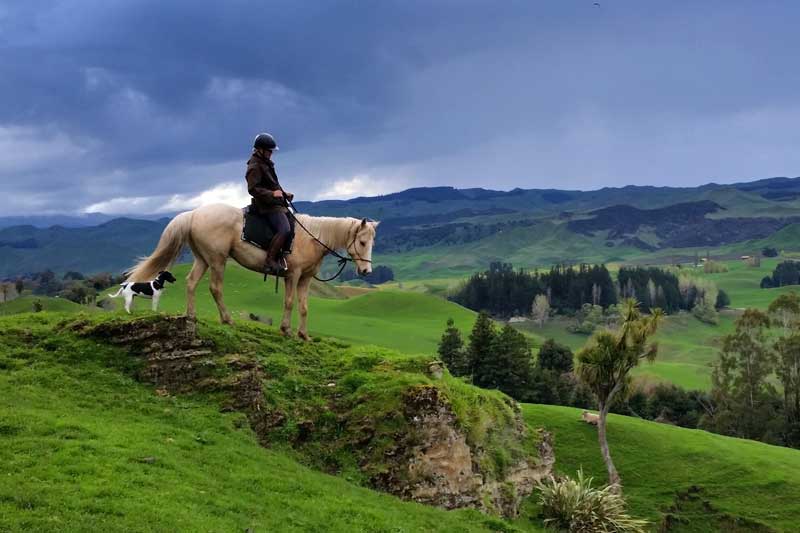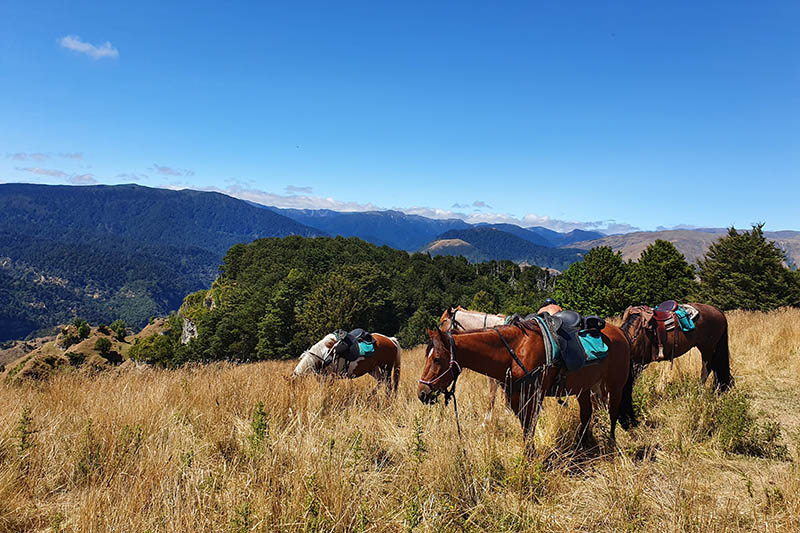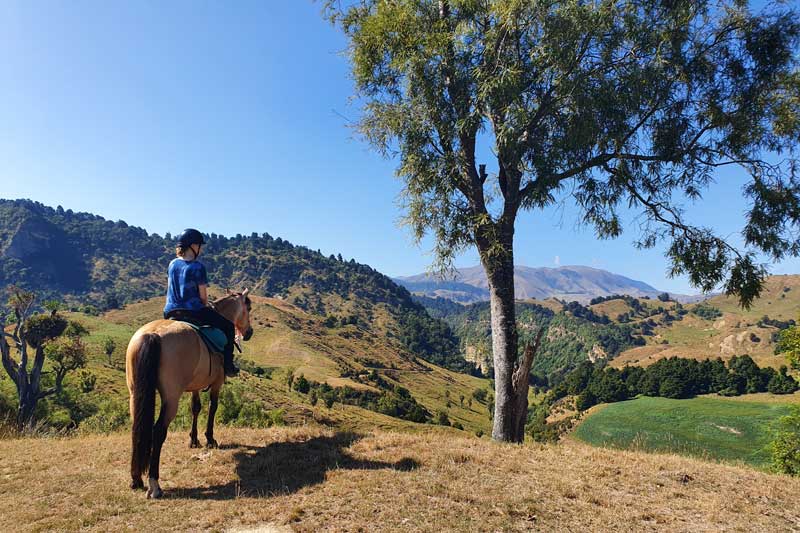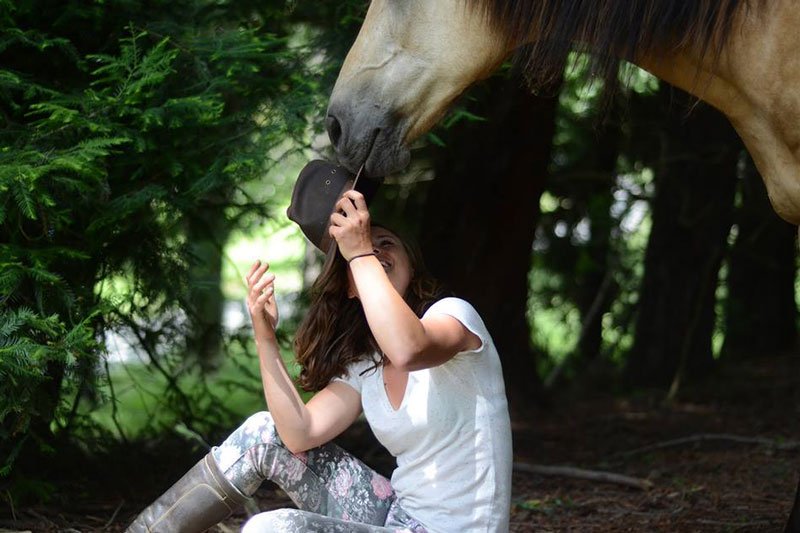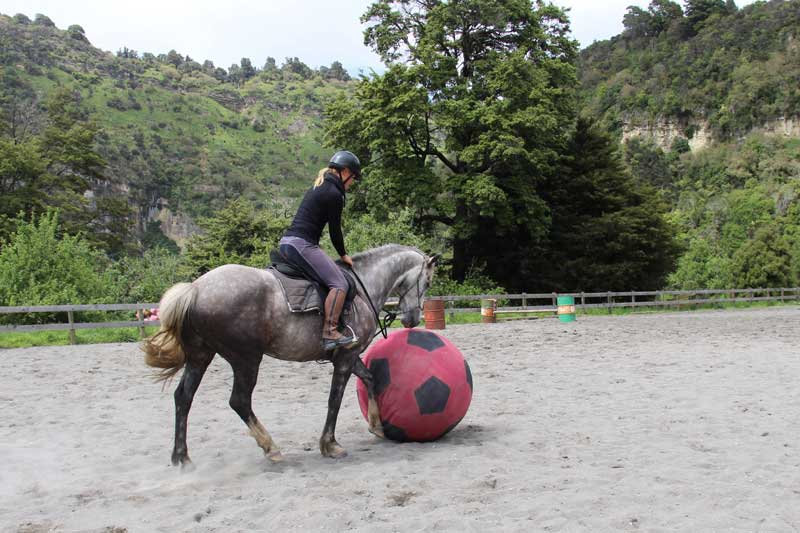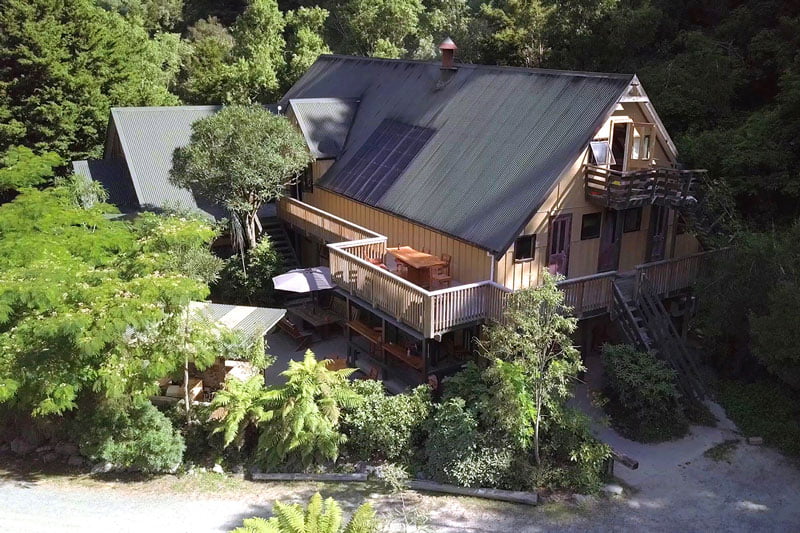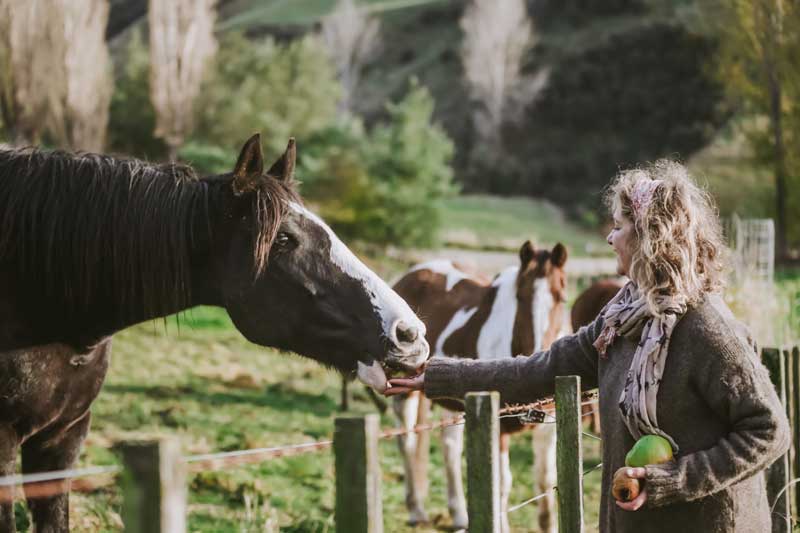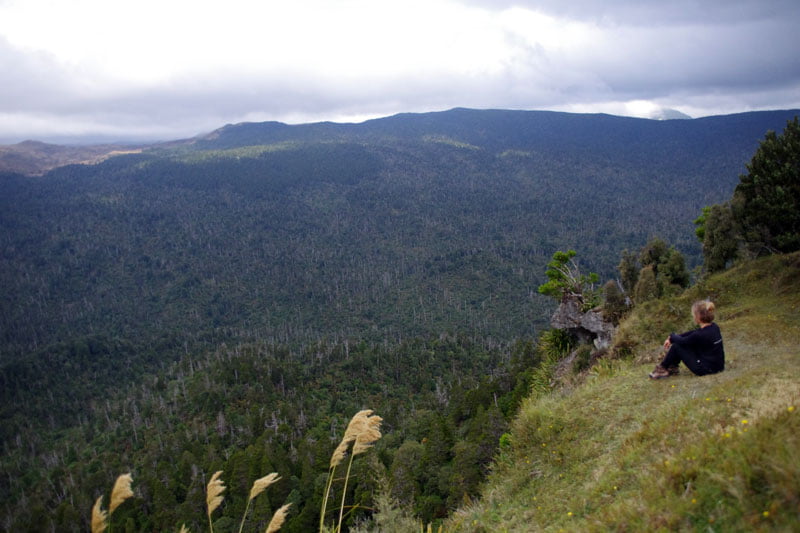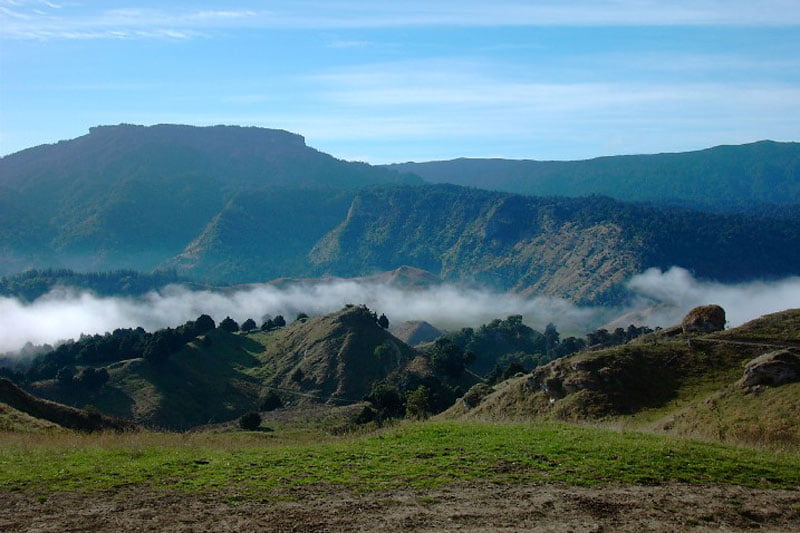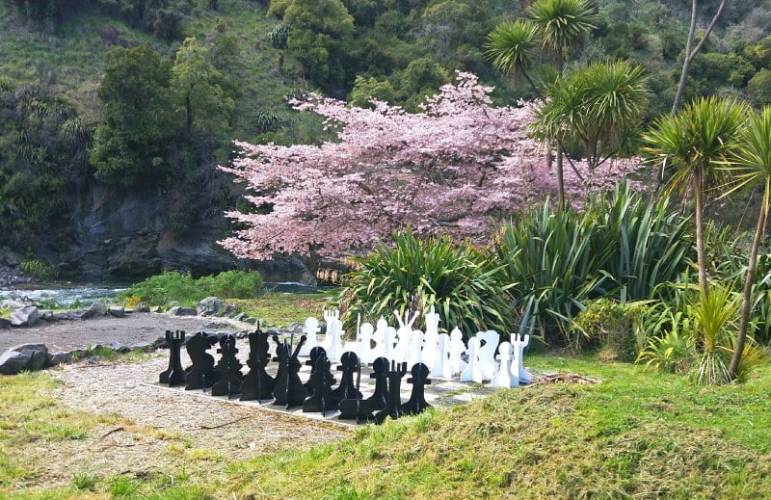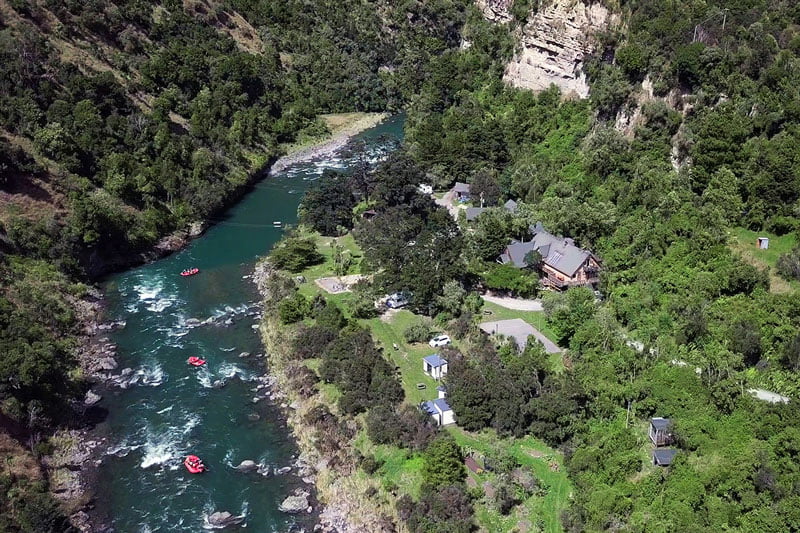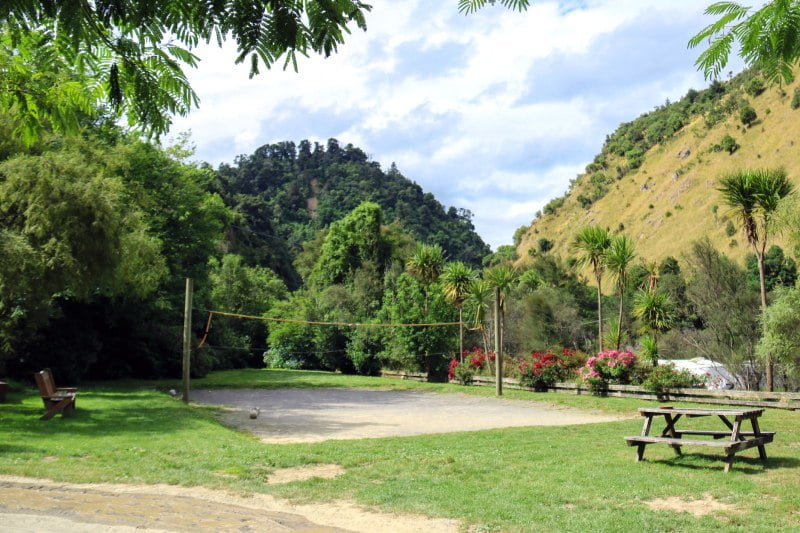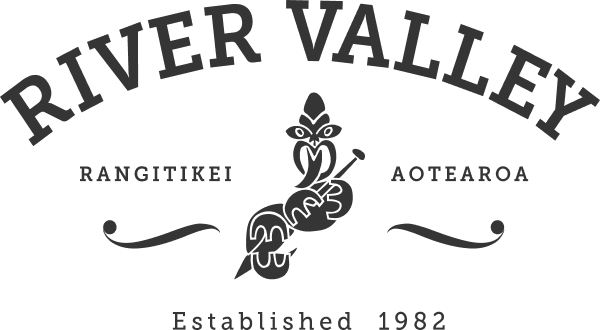New Zealand Tourism – A New Path Required
What will the New Zealand Tourism Industry look like come Spring 2020?
Following the COVID-19 epidemic that is presently shutting down country after country, there has been no shortage of pundits and media commentators forecasting doom for the industry. Many of these commentators may be right about much of what will happen.
After all most airlines have reduced flights by 90% or more, with many of those on the verge of bankruptcy. As an example, the New Zealand government has tossed Air New Zealand a financial lifeline, but even with that, the airline is forecasting that it will be a domestic airline only, for quite some time. Thousands of staff are likely to be made redundant.
Most forecasts I have read do not anticipate a robust return to this country of overseas travellers before 2021 at the earliest, and more likely 2022 and beyond. Critical to this return will be a relaxation of border controls, which are only likely with an international rollout of a vaccine for the virus.
The New Zealand Tourism industry is primarily made up of thousands of small to medium-sized, often family-owned and operated, businesses. Many of these, plus no doubt some of the higher-profile iconic attractions, will not survive for this length of time. Whether they will reopen sometime in the future, remains to be seen, though I feel sure others will open in their place.
One thing that I have found a little disturbing is the almost gloating tone used by some commentators over the industries demise. Yes, the current tourism industry did have its problems; there is no denying that.
These problems I think centre around three main issues.
- Relatively low wages
- Environmental Impact
- A feeling among some communities, (and to be fair, some of my friends), that the country is overrun with tourists.
Low Wages
It is fair to say that many jobs in the tourism or hospitality industries are not high paying. However, often the people doing these jobs are young and mobile. The jobs are seasonal, and while you can work hard, they can also be fun. There has always been a place for these types of semi-temporary vocations. As a business owner, we might lament the transitory nature of our workforce, but the jobs we provide fulfil a role. How many of us had no idea what we wanted to do and tried all sorts of things before settling on a career path?
Tourism is also an industry that does not have huge profit margins (I should know having been involved for 34 years). Prices would have to increase to pay higher wages.
In a nutshell, while desirable that wages are higher, it is not a problem with a simple solution.
Environmental Impact
If this were an exam, then the tourism industries report would come back with only an average mark and the comment, “Needs to do better”. Over the last few years, several sustainable type initiatives have been rolled out by various tourism-related agencies and associations. Other than the feel-good factor and as an aspirational goal, they have achieved little, though to be fair, some individual operators and companies have achieved a great deal, especially in the field of conservation.
Meanwhile, airlines and cruise ship companies still sit outside any international agreement to control their CO2 emissions, and at best pay lip service with some carbon offsetting.
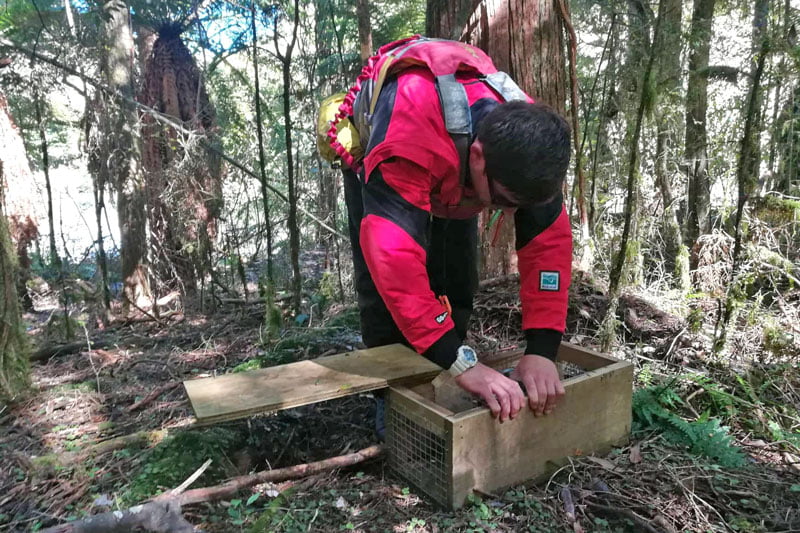
One of River Valley’s conservation efforts is to regularly service the stoat traps along the Rangitikei River
Were We Overrun With Tourists?
With the explosion in the number of people travelling, many places were at risk of being “loved” to death: too many people, too much development, both of which harm what made those places so special, to begin with. Some locals felt that they were being forced away from places they considered their birthright. Unfortunately, while it has been talked about for at least a couple of decades, we still did not have a great regional spread of travellers, meaning tourist traffic was always concentrated in a few choke points.
Again, the industry’s mark is “Need to do better”.

Tourists queuing on the Tongariro Crossing. Photo by Tongariro River Motel
Where To From Here?
It is not only individual tourism businesses that are having to reappraise what happens from here. The industry as a whole also needs to indulge in an in-depth reappraisal. I would not welcome a simple return to what was essentially mass tourism. Collectively we can use this opportunity to redesign what the industry should look like.
An industry that recognises and looks after its host communities – the locals, a sector that pays more than pay lip service to sustainability goals, an industry that pays its workers well.
What a once in a lifetime opportunity, we presently have to make significant changes. Announcements today (the 9th April) that both the government and the private sector are starting these conversations is good news.
Let’s get the discussion rolling.
Brian Megaw


